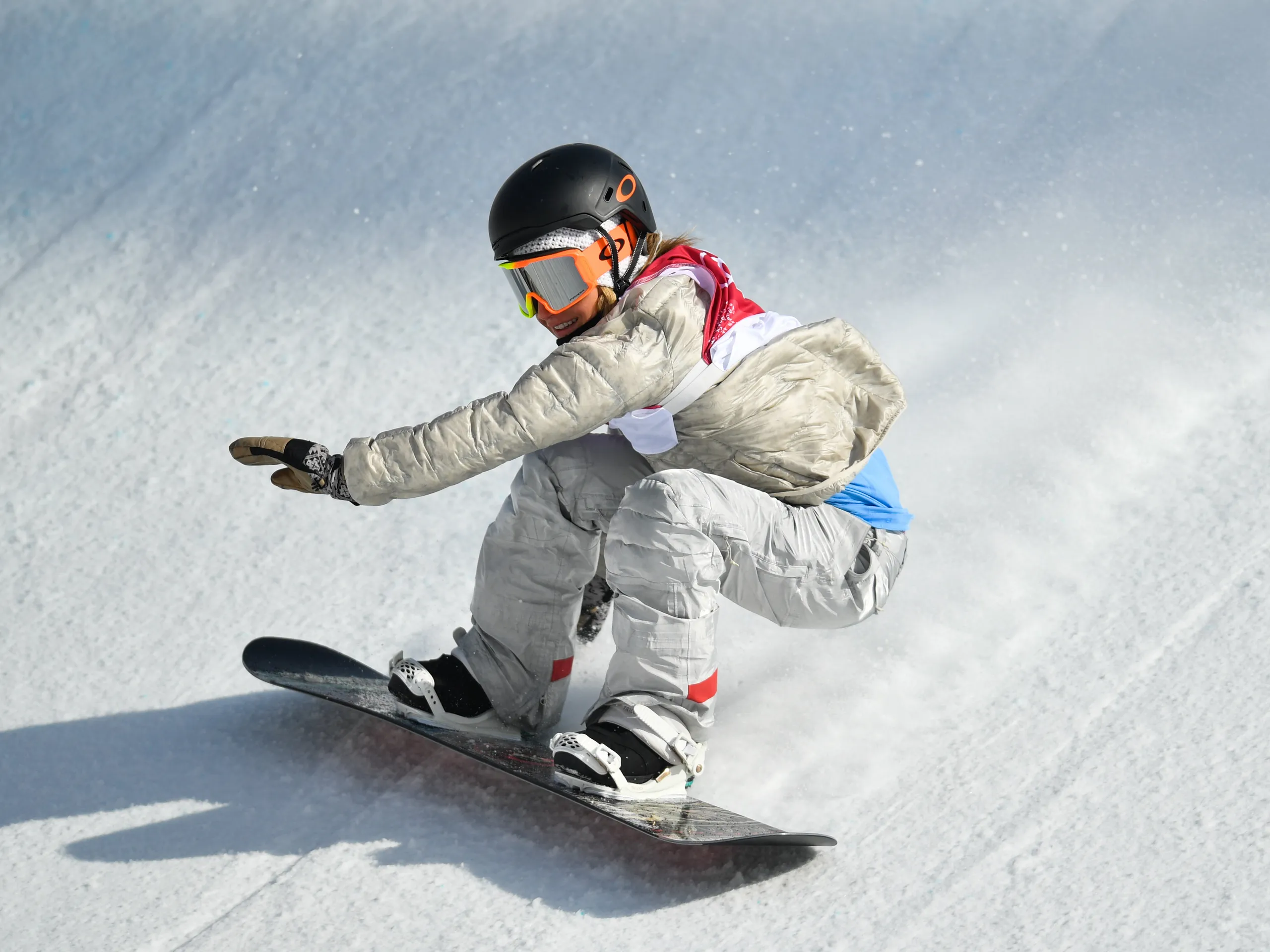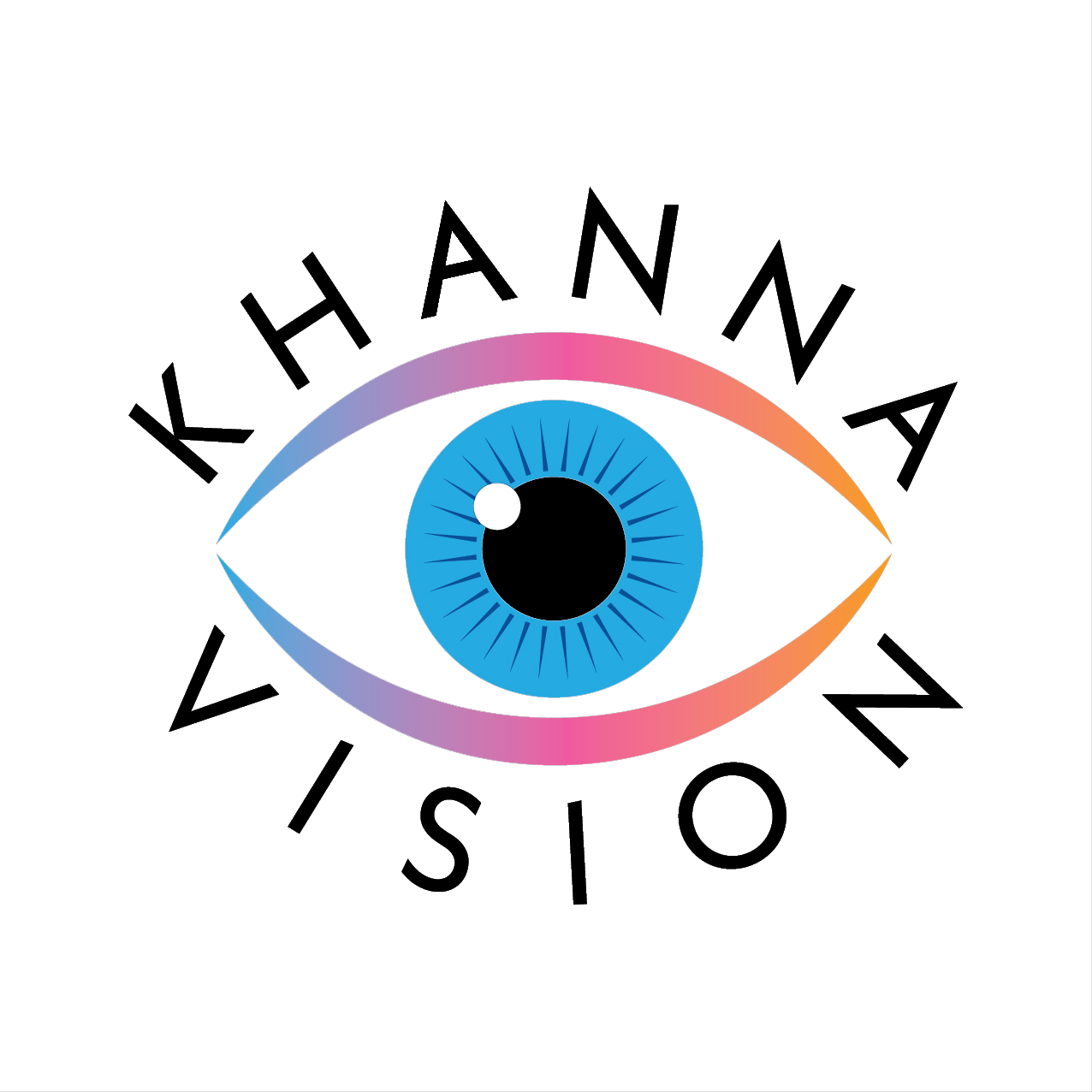For snowboarders, clear vision is more than just convenience — it is essential for safety, speed, and performance. Whether you are gliding down a steep mountain or maneuvering through fresh powder, your ability to see clearly determines how confidently you ride.
Many snowboarders struggle with glasses fogging up or contact lenses drying out in cold, windy conditions. Fortunately, LASIK eye surgery offers a lasting solution that keeps your vision sharp and your focus on the slopes.
At Khanna Vision Institute, Dr. Rajesh Khanna helps active individuals, including athletes, experience the freedom and clarity that LASIK brings. Here's how LASIK can make your time on the mountain better, safer, and more enjoyable.

1. The Problem with Glasses and Contact Lenses on the Slopes
Snowboarding conditions can be tough on anyone who wears glasses or contacts. Fog, snow, and temperature changes can cause constant discomfort or even danger.
Common issues include:
- Glasses fogging up under goggles
- Contacts drying out in cold, dry air
- Snow or moisture interfering with lenses
- Pressure discomfort when wearing goggles over glasses
- Reduced peripheral vision
These small inconveniences can interrupt your ride or make it difficult to react quickly to changing terrain. LASIK removes those barriers completely, giving you consistent, reliable vision in all environments.
2. How LASIK Works
LASIK, or Laser-Assisted In Situ Keratomileusis, is a procedure that reshapes the cornea — the clear front part of the eye — using a precision laser. The reshaping corrects how light focuses on the retina, allowing you to see clearly without glasses or contact lenses.
At Khanna Vision Institute, Dr. Khanna performs blade-free LASIK using the latest laser platforms. The surgery takes only about 15 minutes for both eyes and is virtually painless. Most patients notice improved vision within 24 hours.
The result is long-term, stable vision correction that lasts for years.
3. Why LASIK Is Perfect for Snowboarders
LASIK offers several key advantages for snowboarders and other winter sports enthusiasts:
Better Visual Clarity
Snowboarders depend on precise depth perception and contrast to navigate slopes safely. LASIK provides crisp, high-definition vision without fog or smudges that glasses can cause.
Freedom from Glasses and Contacts
You can wear goggles comfortably without worrying about frames or lenses shifting. No more stopping to clean fogged glasses or adjust contacts mid-run.
Improved Safety
Sharp vision improves reaction time and terrain awareness, helping you avoid obstacles, icy patches, and sudden changes in lighting.
Comfort in Cold and Wind
Without contact lenses, you avoid the dryness and irritation that cold, windy mountain air often causes.
Confidence and Focus
When you are not distracted by glasses or contacts, you can fully focus on your ride — and that confidence can enhance your performance.
4. Recovery and Downtime
Most LASIK patients recover very quickly. You can expect:
- Clearer vision within a day
- Return to light activities within 24 to 48 hours
- Full recovery and stability within a week
Dr. Khanna recommends waiting about two weeks before returning to snowboarding or other intense outdoor activities to allow the cornea to heal properly. During recovery, protective eyewear and lubricating eye drops are used to ensure comfort and safety.

5. Long-Term Vision Stability
Modern LASIK offers durable, long-lasting results. While aging and natural vision changes can occur later in life, the correction achieved by LASIK remains stable for years.
This means you can continue to enjoy your favorite outdoor activities — snowboarding, skiing, hiking, or biking — without worrying about visual limitations or maintenance routines.
At Khanna Vision Institute, Dr. Khanna uses wavefront-guided and topography-guided techniques for a fully customized treatment. This personalized approach maximizes accuracy and visual quality while minimizing side effects like glare or halos.
6. Who Can Benefit from LASIK
You may be a good candidate for LASIK if you:
- Are 18 years or older
- Have stable vision for at least one year
- Have healthy corneas and no significant eye disease
- Want freedom from glasses or contact lenses
During your consultation, Dr. Khanna will perform advanced diagnostic tests to confirm if LASIK or another procedure — such as SMILE or EVO ICL — is best suited for your eyes and lifestyle.
7. Why Choose Khanna Vision Institute
Choosing the right surgeon matters just as much as choosing the right procedure.
Dr. Rajesh Khanna is a board-certified ophthalmologist with extensive experience in refractive and cataract surgery. He has helped thousands of patients achieve sharp, lasting vision using the most advanced laser technology available.
At Khanna Vision Institute, patients benefit from:
- State-of-the-art diagnostic systems and lasers
- Blade-free, all-laser LASIK procedures
- Personalized care from consultation to follow-up
- A focus on safety, comfort, and long-term vision health
Every surgery is customized based on your corneal structure and vision needs, ensuring both precision and natural results.
8. Real-World Results
Many snowboarders and outdoor athletes who have undergone LASIK report dramatic improvements in both comfort and performance. They enjoy unrestricted movement, better depth perception, and full focus on their sport.
Patients at Khanna Vision Institute often say LASIK not only improved their vision but also their confidence and enjoyment of active life.
LASIK eye surgery is more than a vision correction procedure — it is a lifestyle upgrade for people who love the outdoors. For snowboarders, it means clear, fog-free vision, enhanced safety, and total freedom on the slopes.
If you are ready to leave your glasses and contacts behind, schedule a consultation at Khanna Vision Institute. Dr. Rajesh Khanna will evaluate your eyes, discuss your vision goals, and help you find the most effective solution for your active lifestyle.
Clear vision leads to better rides — and LASIK can help you experience every run with greater clarity and confidence.
